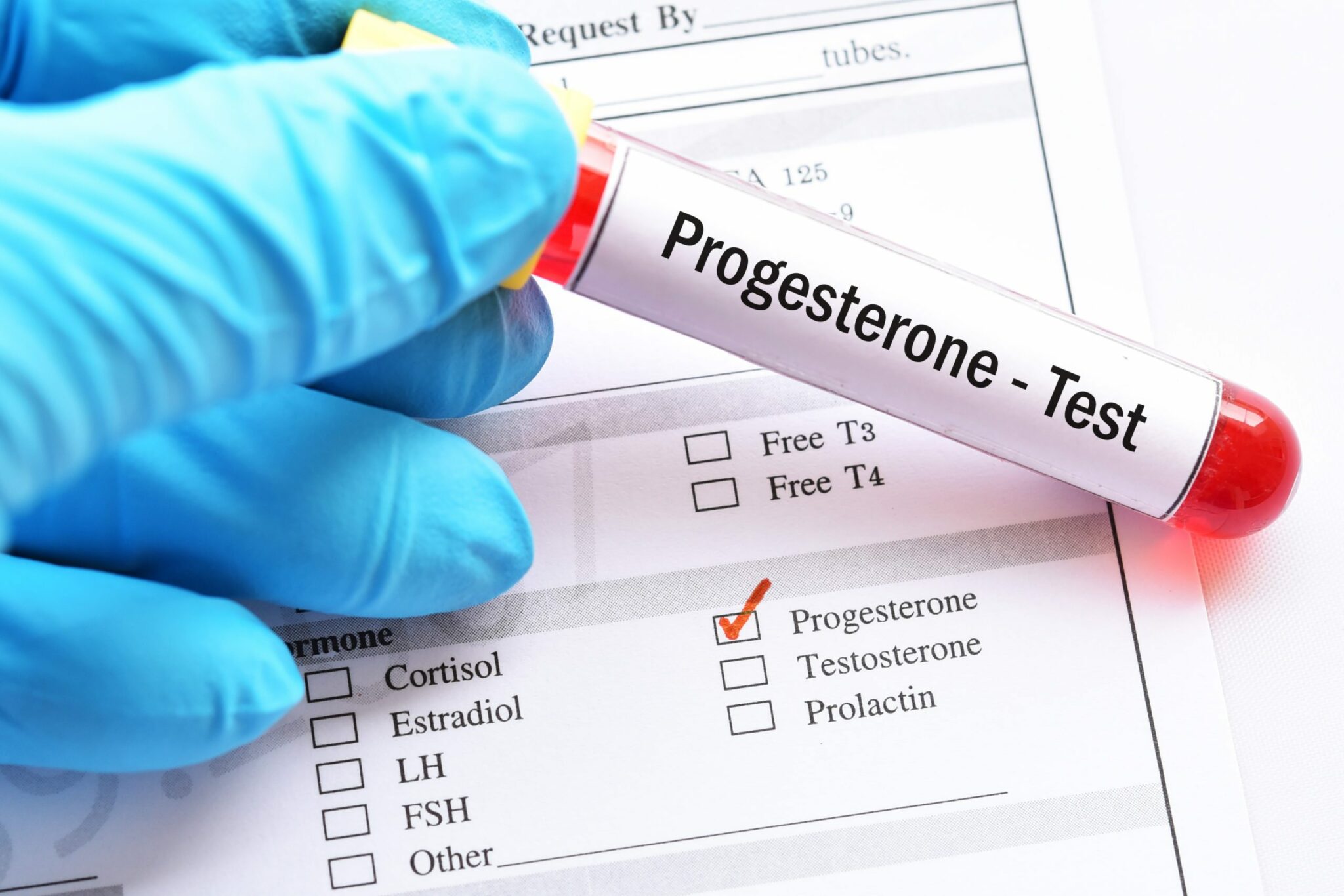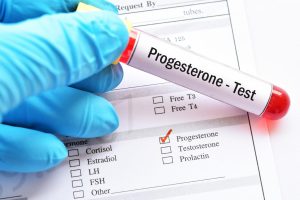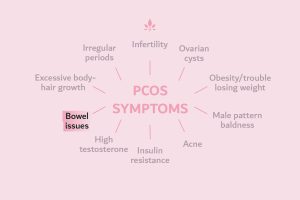ماذا يحدث إذا كانت مستويات هرمون البروجسترون منخفضة جداً؟

If you are tracking your menstrual cycle, you may want to understand the luteal phase, Low progesterone levels include spotting and miscarriage.
Under normal conditions, progesterone levels rise during the luteal phase of the menstrual cycle and peak 6-8 days after ovulation.
Progesterone levels during the menstrual cycle
The menstrual cycle is split into the follicular phase and the luteal phase. The follicular phase is from day one of menstruation until ovulation, which is triggered by a surge in levels of luteinising hormone (LH).
The luteal phase of the cycle follows ovulation and is always the 10-14 days before the next monthly period starts, regardless of ‘normal’ cycle length. Progesterone quantity change during the cycle:
- Follicular phase – less than 1.5ng/mL.
- Ovulation – levels start to rise and peak after 6-8 days.
- Luteal phase – levels reach 7-10ng/mL.
Without ovulation, the levels of progesterone do not increase. Thus, checking progesterone levels midway through the luteal phase (usually day 21 or 22 of the cycle) is one way of assessing whether or not ovulation has occurred.
If fertility status is being assessed luteal phase progesterone levels will often be measured alongside Basal Body Temperature (BBT). BBT should rise by 0.5°C after ovulation.
If blood serum progesterone levels do not get above 3-4ng/mL during the luteal phase of the cycle, then it is highly unlikely that ovulation has occurred.
If timed correctly to coincide with the midpoint of the luteal phase, the amount of progesterone can reach 10ng/mL;
This will be 5-7 days before you get your period and is the point at which levels of this hormone are at their highest.
If you are concerned that your progesterone levels are too low, find out quickly and conveniently by taking an at-home women’s health blood test. The results will allow you to make informed decisions about your next steps.
What does it mean if you have low progesterone levels?
If progesterone levels are low there are a few factors to consider. Firstly, at what stage in the cycle were they checked? During the follicular phase, which comes before ovulation, It will be very low, usually below 1.5ng/mL.
If you want to check that ovulation has occurred you need to wait until the second half of the cycle, when a rise in progesterone is a good indicator of ovulation.
If you are on most forms of hormonal birth control, including the combined oral contraceptive pill, endogenous progesterone is suppressed, so quantity will be below.
If you are postmenopausal, you will no longer be ovulating and as a result, you will no longer experience a mid-luteal peak in progesterone levels.
Serum progesterone levels will be very low, often less than 0.5ng/mL. Finally, levels are inherently variable.
They can fluctuate dramatically in a 90 minute time period, so it might just be a matter of repeating the test at a different time.
If, after taking all of these points into consideration, luteal phase progesterone levels are still low, you will need to consider that ovulation may not be happening and look into the reasons why.
The occasional anovulatory cycle is normal; it might happen when you have only just started your periods, or if you are recovering from a medical problem, such as hypothalamic amenorrhoea, or have just come off the pill.
In these instances wait a few months and see whether your cycles become regular overtime.
However, if the lack of ovulation and progesterone levels are constant and sustained, PCOS is something that should be considered.
In many cases, implementing lifestyle changes, such as losing weight, can help to rectify the symptoms of the condition, restore ovulation and ensure levels rise and fall as they should throughout the menstrual cycle. This will your luteal phase progesterone levels reach 7-10ng/mL.
If this does not work, your doctor may recommend that you use medication to induce ovulation, for example, clomiphene citrate.
These medications do not work for all women; so, following treatment, Levels will be monitored to discern whether or not ovulation has occurred.
Progesterone levels of 15ng/mL or higher indicate successful ovulation induction. Nabta is reshaping women’s healthcare.
We support women with their personal health journeys, from everyday wellbeing to the uniquely female experiences of fertility, pregnancy, and menopause.
Get in touch if you have any questions about this article or any aspect of women’s health. We’re here for you. If you have a high progesterone level read the article
Sources:
- Azziz, Ricardo, et al. “The Androgen Excess and PCOS Society Criteria for the Polycystic Ovary Syndrome: the Complete Task Force Report.”
Fertility and Sterility, vol. 91, no. 2, Feb. 2009, pp. 456–488., doi:10.1016/j.fertnstert.2008.06.035. - Holesh JE, Hazhirkarzar B, Lord M. Physiology, Ovulation. [Updated 2019 Oct 19]. In: StatPearls [Internet]. Treasure Island (FL): StatPearls Publishing; 2020 Jan-. Available from: https://www.ncbi.nlm.nih.gov/books/NBK441996/.
- Strauss, Jerome F., and Robert L. Barbieri. Yen & Jaffes Reproductive Endocrinology: Physiology, Pathophysiology, and Clinical Management. 7th ed., Elsevier, 2014.











